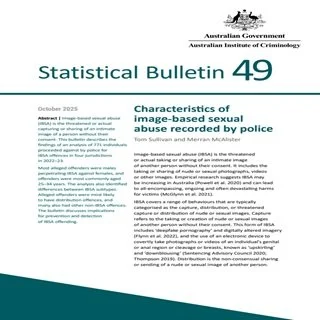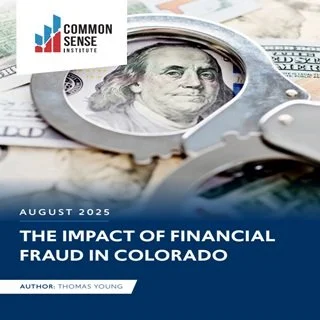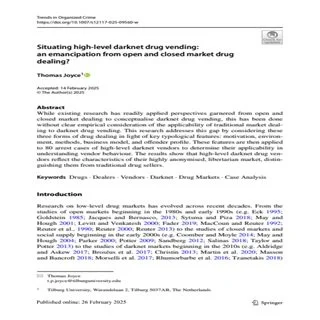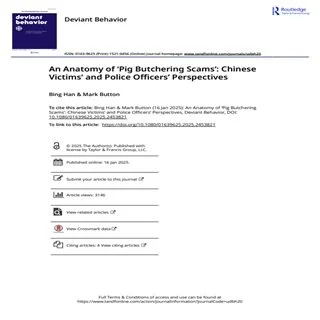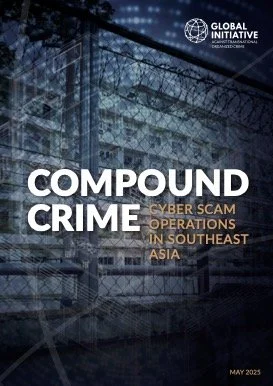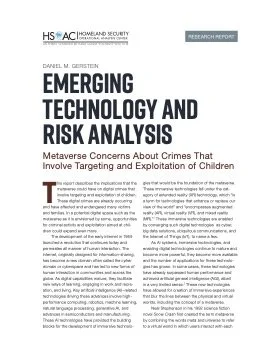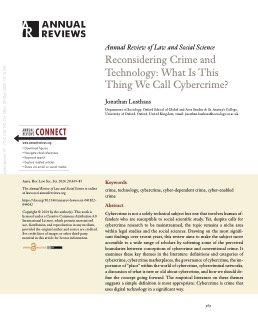By Thomas Young
Financial fraud is on the rise nationally. Across all 50 states and D.C., the Federal Bureau of Investigation’s (FBI) Internet Crime report tracked 859,532 fraud claims in 2024. These claims resulted in $16.6 billion in financial loss, up 33% from 2023. A separate source, the Federal Trade Commission’s (FTC) Consumer Sentinel Network, reported 2.6 million fraud cases in 2024, of which 38% involved losing money. According to this source, citizens reported losing $12 billion to fraud, up $2 billion from 2023. This study seeks to answer the pressing question: What is the extent of financial fraud in Colorado and its impact on the lives of everyday Coloradans and the overall health of the state’s economy?
According to the Colorado Department of Public Safety, reported fraud cases summed to 75,119 from 2022 through 2024. Financial fraud is also costly, with the FTC reporting the total financial loss of financial fraud at $211 million statewide in 2024, up 314% since 2020. The FBI reported $244 million in losses from online (formally referred to as cyber-enabled) crime in Colorado, up 142% since 2020. These are just the reported figures. Unreported loss from financial fraud is higher.
The FBI reports that among all states Colorado ranks 34th best in total losses from online crime; 44th best in online crime per 100,000 citizens; 33rd best for complaints filed by individuals 60+; and 34th best for cryptocurrency losses by state. The FTC Consumer Sentinel Network figures on fraud, identity theft, and telemarketing suggests Colorado is doing slightly better than the FBI’s statistics. Colorado has the 32nd lowest rate of fraud and the 24th lowest rate of identity theft by their metrics.
In Colorado and across the nation, fraudulent financial activity is becoming increasingly sophisticated, encompassing a broad array of schemes such as identity theft, phishing, wire fraud, investment scams, and elder financial abuse. As the digital economy expands and cybercriminal tactics evolve, Coloradans face heightened risks from fraud schemes that attempt to exploit personal vulnerabilities, holes in financial systems, social media platforms, payment technologies, and personal data security. Fraudulent activities result not only in direct financial losses for individuals, businesses, and financial institutions, but they also have ripple effects throughout the state’s economy—affecting prices, consumer behavior, public safety expenditures, and overall economic productivity.
This report presents evidence of the economic consequences of financial fraud, covering both the direct and indirect costs of fraudulent activity by examining incident data, economic modeling, and a fraud case study. By analyzing trends in fraud—including the types, methods, and demographic factors associated with its presence—it aims to provide policymakers, businesses, and consumers with actionable insights into the economic stakes of financial fraud.
Key Findings
For the state of Colorado, CSI estimates in 2025 the losses from financial fraud include—
An estimated $375 million in direct, reported losses
An estimated $2.5 billion in unreported losses
The state’s General Fund will lose an estimated $88 million in tax revenue this year due to financial fraud.
CSI estimates reported fraud alone will have the following impact on Colorado’s economy in 2025:
A $954 million reduction in state GDP
A $932 million reduction in statewide personal income
A loss of approximately 6,628 jobs
Estimates on the reporting of financial fraud suggest formal reporting of financial fraud may be quite low, with one estimate putting the figure at 14%. This means that most financial fraud does not get reported to government authorities.
CSI estimates all financial fraud, reported and unreported, will have the following impact on Colorado’s economy in 2025:
A $5.1 billion reduction in state GDP ($856 per person)
A $3.9 billion reduction in statewide personal income ($655 per person)
A loss of approximately 16,374 jobs (0.5% of nonfarm jobs)
Financial fraud has wide-ranging economic implications. The impact is felt across consumer spending, interest rates, available loanable funds, capital investment, government spending and taxing, profit, and community trust.
Colorado’s incidence of financial fraud is around the middle of the states at 18th highest, at 1,260 reported incidents per 100,000 residents, lower than 17th ranked California at 1,291 and 19th ranked Mississippi at 1,221. The states with the highest incidence of financial fraud are Florida and Georgia with rates that are 72% and 67% higher than Colorado’s.
Greenwood Village, CO: Common Sense Institute 2025. 24p.


